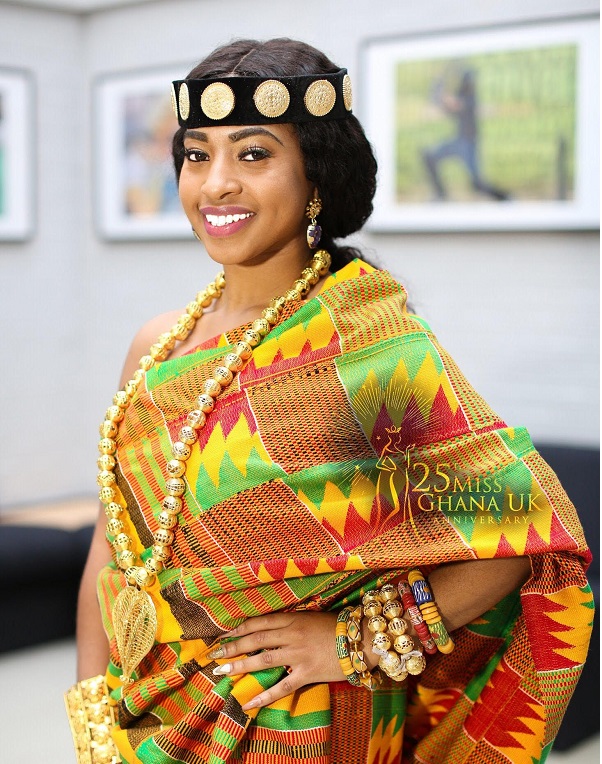Lifestyle News: Fashion, Health, Relationships & More | The Mirror - Graphic Online

The culture The culture factor
From the coast to the Savannah north, this product dominates our range of attractions. Studies have also proven that culture is the forte of Ghana’s tourist destinations.
Essentially, when visitors are asked in a survey, they usually cite the diverse culture of various Ghanaian communities as their major motivation for coming. What is culture and what business does it have in tourism?
In a very general term, culture is used to describe human behaviour patterns expressed at different levels of society. This includes the individual person, family, clan, ethnic group and nation. To break it down, at the very basic level, one person may create an unusual manner of speech, dressing, hairstyle, work technique, music-making or food processing. Over time, this innovation may be adopted by a group and spread through the length and breadth of a place.
Culture is expressed in material aspects. For example, when it comes to food, specific groups may prefer fufu, akple, banku or tuo zaafi. In the area of handicrafts we have pottery, basketry, clothing, hairstyle, body decoration, etc. With architecture, there are different traditional forms depending on the area, ie. ‘tsotsu’, ‘atakpame’, chamber and hall, etc.
For the tourist who is interested in buildings, the question which will drive them as they explore is why builders and potters from Ghana’s forest areas have styles different from those of the north. The answers may be environmental. However, it may also be born out of shared cultural motivations held by the two respective communities.
Culture is not all physical like we have just seen. It can also be expressed in non-material ways. This includes proverbs, folklore, festivals, political ideas, social customs related to birth, puberty, marriage, work and death. Philosophical thought, cosmology, morals, ethics, beliefs and values also form part of the manifestations of culture.
And then of course, there is music and dance. Funnily in Ghana, when one mentions culture, traditional music and dance is what usually comes to people’s mind. However, culture goes beyond ‘agbadza’ and ‘adowa’. It actually also encompasses our modern ways of life.
This continuing process gives order and meaning to social, political, economic, aesthetic and religious norms and modes of organisation which distinguish us from other people. Thus, based on this definition, one can identify what is called ‘Ghanaian culture’.
This is what accounts for why a Ghanaian church service is conducted differently from a church service of the same denomination in Europe or America. The force of national culture is also why a Ghanaian Muslim will celebrate Eid-Ul Adha differently from his Asian counterpart though they both belong to the same universal faith.
Culture allows us to function conveniently. It is evolved for the purpose of living. It is socially taught and learned. It develops as the human response to the local, physical and biological environment. Cultural traditions look to the past for their mandate, authority and authenticity as society passes them down the generations.
One essential part of the story is that culture is dynamic and is often affected by local and external influences and stimuli. Thus, what becomes a culture within a specific space really is a matter of time. The implication is that there is also a lot of external borrowing and adaptation to a group culture. For example, in terms of dress style, wearing smock over shirt and tie is Ghanaian culture.
At this stage, let us tie in the issue of culture tourism which has been defined as 'the movement of persons to cultural attractions away from their normal place of residence with the intention to gather new information and experiences to satisfy their cultural needs'.
This is the subset of tourism concerned with a country or region's culture, specifically the lifestyle of the people in specific geographical areas. It also includes the history of those people, their art, architecture, religion(s) and other elements that help shape their way of life.
Cultural tourism involves tourism in urban areas, particularly historic or large cities and their cultural facilities such as museums and theatres. It can also include tourism in rural areas showcasing the traditions of indigenous cultural communities (i.e. festivals, rituals) and their values and lifestyle.
It is generally agreed that cultural tourists spend substantially more than standard tourists do. This form of tourism is also becoming generally more popular throughout the world, and a recent OECD report has highlighted the role that cultural tourism can play in regional development in different areas of the world.
There is a good reason why culture tourism is on the increase. As globalisation evolves, the whole world community is becoming smaller. People, thus, become more aware of the cultures of others. More importantly, they become interested in these ways of life.
Growth and development in mass media also push forward the agenda of culture tourism. Lifestyles of other people are made relevant to others more quickly and more convincingly. Otherwise, why would ‘Azonto’, a local dance, become important to the rest of the world?
